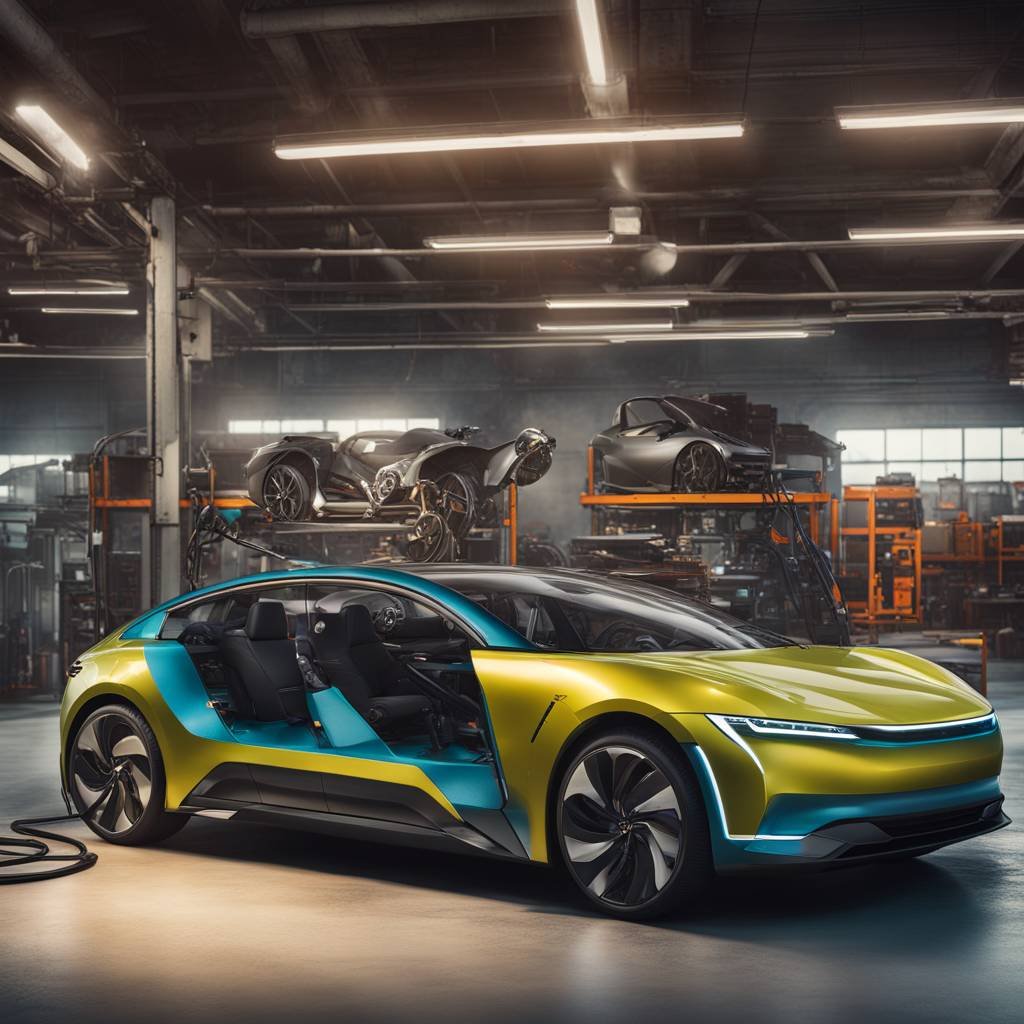Summary
– Electric vehicles with onboard generators, known as range extenders or EREVs, trade some battery capacity for additional range
– EREVs only use the engine to power the generator, not the wheels, making them different from PHEVs
– True EREVs are rare, with only a few models meeting the criteria, such as the Ram 1500 Ramcharger and BMW i3 REx
– EREVs are more complex than traditional EVs, and automakers have been hesitant to develop them due to cost and emissions concerns
– Despite the challenges, more EREVs are expected to be introduced in the coming years as EV technology evolves, offering a solution to range anxiety for some drivers.
Article
EREVs, short for range extenders or extended-range electric vehicles, are electric vehicles that feature a smaller battery capacity supplemented by an onboard generator that burns fuel to create additional power and range. Unlike plug-in hybrids (PHEVs), EREVs do not have a mechanical link between the engine and the wheels. Instead, their engines solely power the generator to produce energy, allowing the vehicle to operate at optimal efficiency and use as little fuel as possible. Examples of EREVs include the Fisker Karma, BMW i3 REx, Mazda MX-30 R-EV, and the recently introduced Ram 1500 Ramcharger.
Series hybrids, which include EREVs, primarily rely on electric power for propulsion until the battery runs out, at which point the generator steps in to extend the range. This configuration ensures that the engine runs at a constant RPM and remains within the optimum power band for maximum efficiency. Despite their advantages, true EREVs are rare in the market, with some vehicles that are commonly referred to as EREVs actually falling into the gray area between series and parallel hybrids, such as the Chevrolet Volt and Mitsubishi Outlander PHEVs. The distinction between EREVs and PHEVs lies in the propulsion method, with EREVs relying solely on electric motors for acceleration, even when the generator is active.
The engines and generators used in EREVs are typically smaller compared to those in PHEVs, ensuring a smoother and seamless driving experience when the vehicle operates in electric mode. While PHEVs often feature complex transmissions with embedded electric motors, EREVs utilize a simple reduction gear mechanism to provide a smooth driving experience. The limitation of emissions from the internal combustion engine remains a drawback of EREVs compared to pure EVs, but advancements in technology are expected to mitigate this issue. Automakers are gradually exploring EREVs as a viable solution to balance affordability and range anxiety in electric vehicles.
One of the main challenges in the widespread adoption of EREVs is the complexity involved in integrating an onboard generator into the existing EV framework. Automakers tend to prioritize either conventional hybrids or pure electric vehicles due to budget constraints and technical considerations. However, as the demand for electric vehicles continues to grow, more manufacturers are expected to develop EREVs as a practical solution to address range limitations and emissions concerns. The Ram 1500 Ramcharger and other upcoming models from brands like Mercedes-Benz are providing a glimpse into the future of EREVs as a viable alternative to pure EVs. By offering a balance between electric range and the convenience of backup power from a generator, EREVs aim to appeal to consumers seeking a versatile and environmentally conscious driving experience.
Read the full article here


